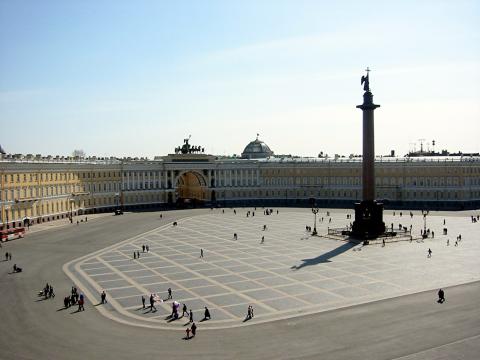Location
Lapa is one of the most lively neighbourhoods in Rio and known for its active cultural life. It is famous for the many restaurants, bars, clubs and live music venues where the various forms of Brazilian music is well present. The festive side of the neighborhood ignites at night, when the locals gather together to celebrate the samba, forró, MPB, electronic music, rock and much more. Lapa is the place to see how Rio parties. The most famous bar in Lapa and maybe even in whole Rio is the Rio Scenarium, definetely something you want to check out. Apart from the rows of tapas bars, clubs, and live music venues Lapa also has interesting architecture and historical buildings, most of them from the early 1800s. Arcos da Lapa is perhaps the most impressive monument. This famous roman style acveduct is 270 meters long and 17.6 meters high. It was built in 1723 during the colonial era to solve the water shortage problem. Another stunning piece of architecture in Lapa is the Metropolitan Cathedral. It was finished in 1979, it stands 80 meters high and can house around 20,000 people.
Cinelandia subway station the closest subway to Lapa. From there it is a 10-15 minutes walk to Lapa.
Free to experience. Admission to most clubs in the night time cost about 12 BRL to 25 BRL (roughly $7 USD to $14.50 USD).


















